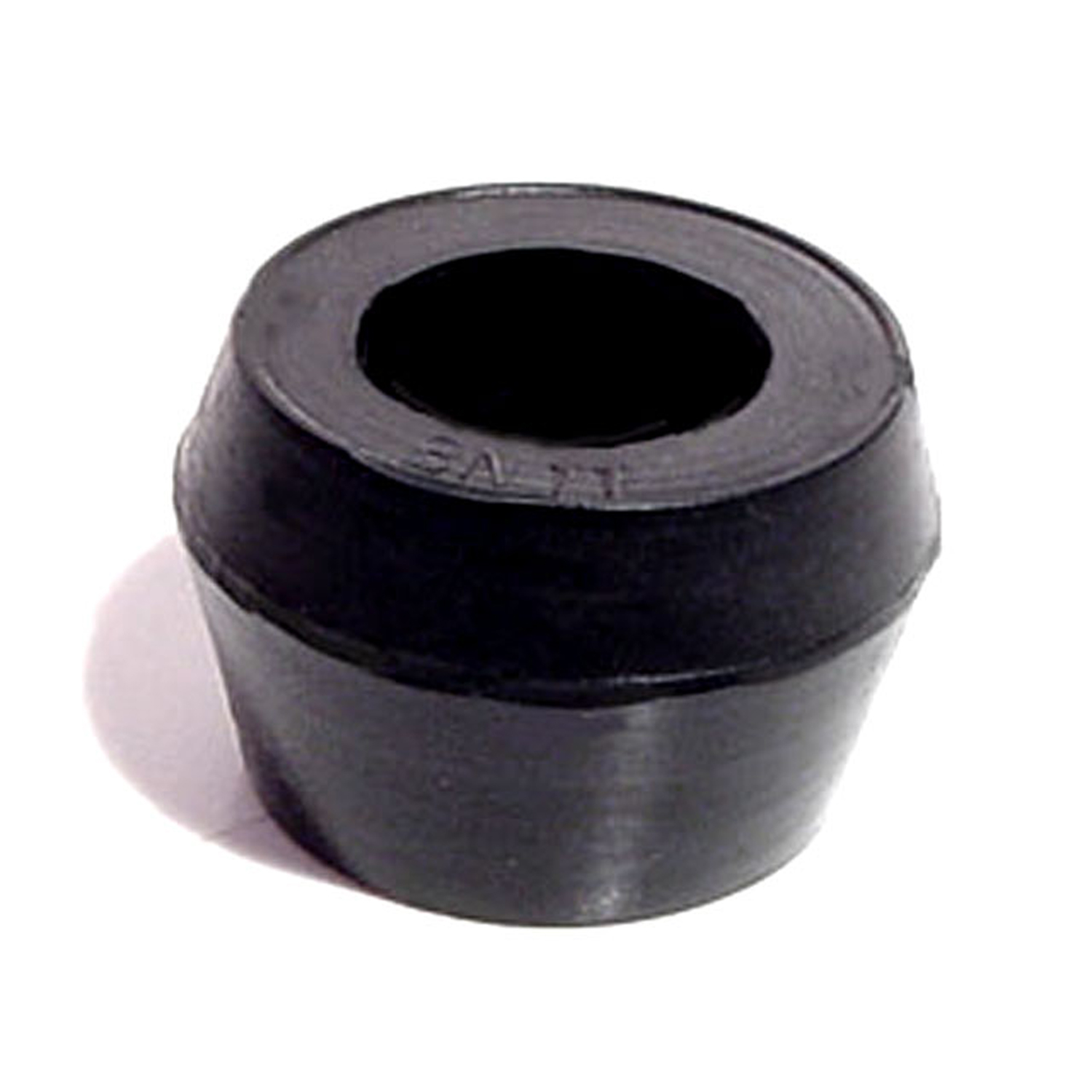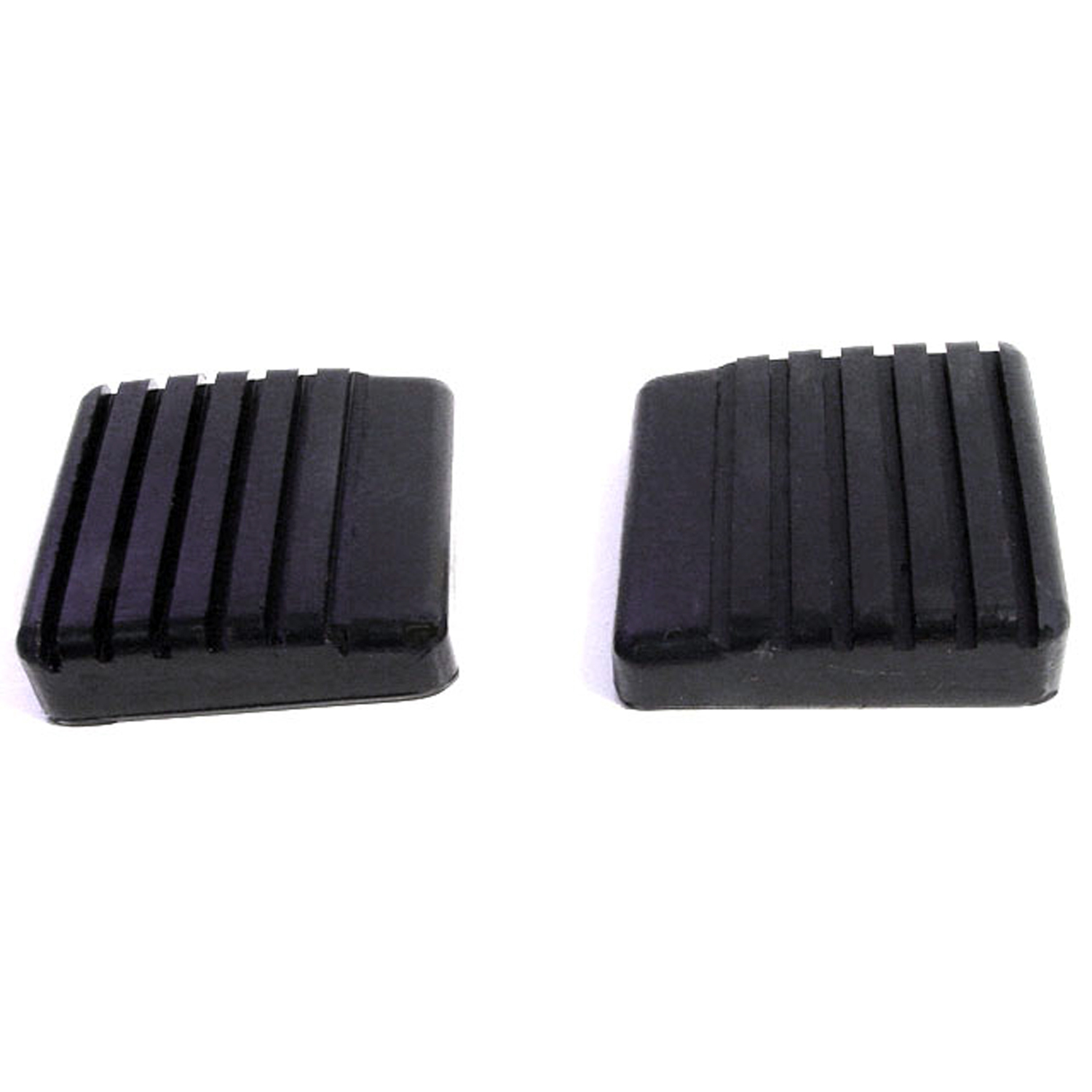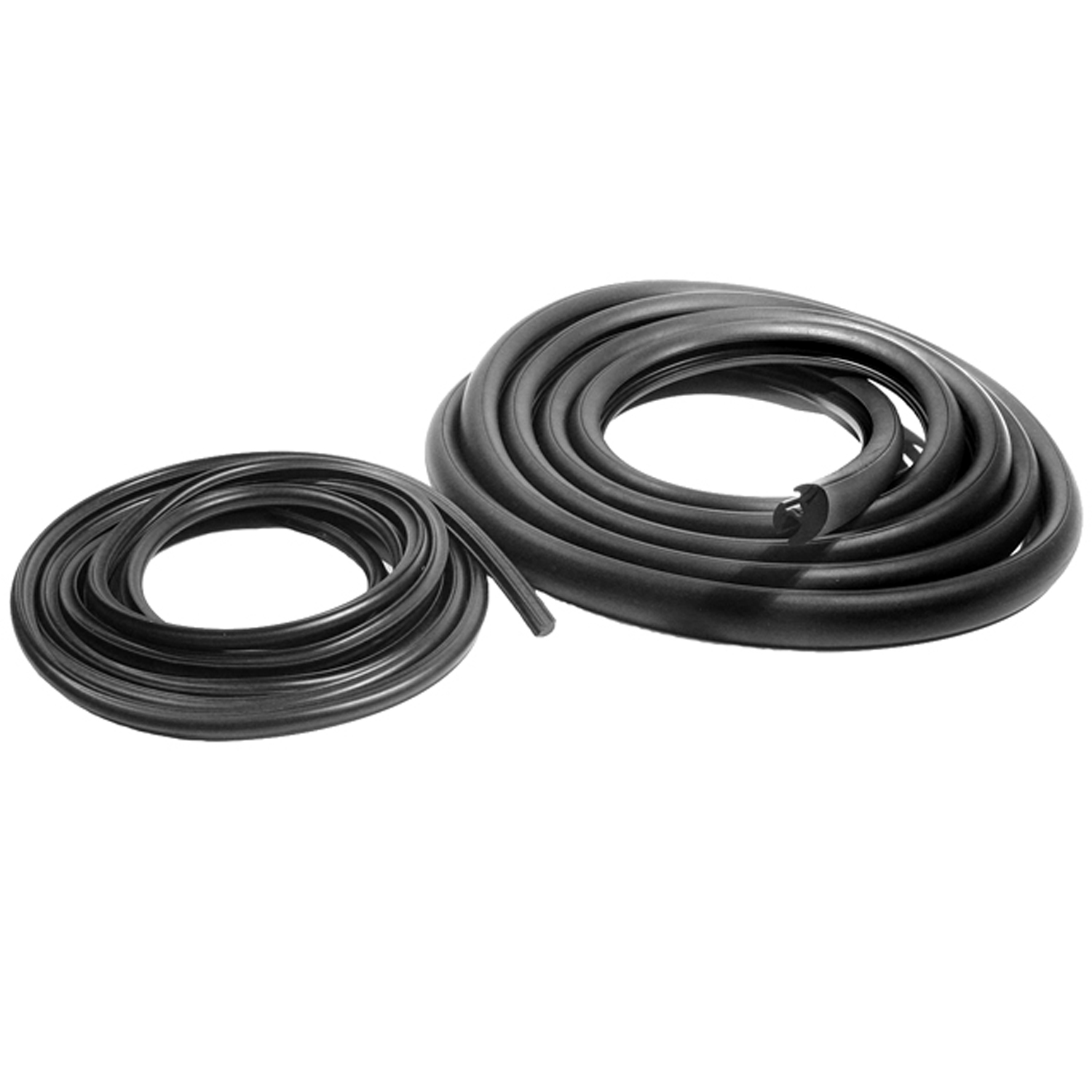Image of 1966 Jeep Dj6, Note: These illustrations use artistic license and may differ from actual historical models.
Performance Metrics
Fundamental Metrics
Emotional Appeal
MMP Rating
| Engine Specifications | |
|---|---|
| Engine: | Inline-4 |
| Displacement: | 134 cu in (2.2 L) |
| Horsepower: | 60-75 hp |
| Torque: | 90-100 lb-ft |
| Compression Ratio: | 7.5:1 |
| Ignition System: | Distributor and coil |
| Cooling System: | Liquid-cooled |
| Performance Specifications | |
| 0-60 Time: | Not available due to the vehicle's age and purpose |
| 1/4 Mile Time: | Not available due to the vehicle's age and purpose |
| Top Speed: | 55-60 mph |
| Transmission and Drive | |
| Drive Type: | Rear-wheel drive |
| Transmission Type: | 3-speed manual |
| Fuel and Efficiency | |
| Fuel System Type: | Carburetor |
| MPG: | 15-20 mpg |
| Dimensions and Brakes | |
| Brakes: | Drum brakes |
| Wheelbase: | 81 in (2,057 mm) |
| Weight: | 2,200-2,500 lbs |
Note: Specifications for classic cars are given to the best of our ability, considering the limited and variant data available.
The Unconventional Workhorse: The 1966 Jeep DJ6
The 1966 Jeep DJ6 may not be the first vehicle that springs to mind when you think of classic cars, but this utilitarian gem holds a unique place in automotive history. Born from the rugged and versatile lineage of the Willys-Overland Jeeps, the DJ6 (Dispatcher Jeep) was manufactured by Kaiser Jeep Corporation. It was designed primarily for light-duty delivery services, which is evident in its distinctive long-wheelbase and two-wheel-drive configuration. A notable moment in its history is its association with the United States Postal Service, which used these vehicles for mail delivery, painting them in the iconic red, white, and blue.
Design and Innovation
The exterior of the 1966 Jeep DJ6 was simple yet functional, with its flat-sided body and minimalistic design. The interior was spartan, with a focus on practicality over luxury. Materials used were durable and easy to clean, reflecting the vehicle's work-oriented purpose. Technologically, it wasn't cutting-edge, but its reliability was a significant innovation in itself. Color options were typically limited to utilitarian hues, with white being a popular choice for fleet vehicles like those used by the Postal Service. The most iconic body style was the soft-top version, which allowed for easy access to cargo and mail.
Historical Significance
The DJ6's impact on automotive design was subtle yet significant. It set a precedent for compact delivery vehicles, focusing on efficiency and maneuverability over raw power or speed. Its long-wheelbase version offered more cargo space without compromising the vehicle's modest footprint, a concept that resonates in today's utility-focused designs.
Performance and Handling
Performance-wise, the 1966 Jeep DJ6 was never about speed; it was about getting the job done. With a modest top speed and leisurely acceleration from 0-60 mph, it was built for reliability over performance. The handling was straightforward and robust, capable of navigating through tight spaces and over less-than-perfect roads. Drivers could expect a no-frills experience behind the wheel, with the engine's hum and the functional ride quality contributing to a sense of purposeful drive.
Ownership Experience
The DJ6 was commonly used as a delivery vehicle rather than a daily driver or show car. Its maintenance and reliability were among its strongest points, with simple mechanics that made repairs relatively easy for the average owner. The vehicle's straightforward design also meant that parts were generally accessible and affordable.
Fun Facts
A fun fact about the 1966 Jeep DJ6 is that despite its workaday origins, it has found a niche among classic car enthusiasts who appreciate its simplicity and historical role. While not known for holding any speed records, its service in the Postal fleet is a testament to its endurance. Criticisms typically revolve around its lack of power and creature comforts, but these are often overshadowed by its charm and utility.
Collector's Information
As for its collectability, the 1966 Jeep DJ6 is relatively rare due to its specialized use. While production numbers are not well-documented, it's safe to say that intact examples are uncommon finds. The value range for collectors can vary widely based on condition and originality, but a well-preserved DJ6 might fetch anywhere from $10,000 to $20,000 or more. The market trend seems to show a slow but steady appreciation in value as nostalgia for vintage utility vehicles grows.
Conclusion
The 1966 Jeep DJ6 stands as a testament to practical design and steadfast service. While it may not have the flash of other classic cars, its historical significance and utilitarian charm make it a noteworthy vehicle in the annals of automotive history. For those who appreciate the beauty in simplicity and reliability, the DJ6 is an unsung hero worthy of recognition.
1966 Jeep Dj6 Catalog of Parts
 1966 Jeep DJ6 Shock Absorber Grommet. 1" bottom O.D-BN 11Shock Absorber Grommet. 1" bottom O.D., 3/4" high, with 5/8" I.D. Each
1966 Jeep DJ6 Shock Absorber Grommet. 1" bottom O.D-BN 11Shock Absorber Grommet. 1" bottom O.D., 3/4" high, with 5/8" I.D. Each 1966 Jeep DJ6 Clutch and Brake Pedal Pads. Pair-CB 61-BClutch and Brake Pedal Pads. Pair
1966 Jeep DJ6 Clutch and Brake Pedal Pads. Pair-CB 61-BClutch and Brake Pedal Pads. Pair 1966 Jeep DJ6 Vulcanized Windshield Seal with Lock-Strip. 144" Long each-VWS 1105Vulcanized Windshield Seal with Lock-Strip. 144" Long each. Each
1966 Jeep DJ6 Vulcanized Windshield Seal with Lock-Strip. 144" Long each-VWS 1105Vulcanized Windshield Seal with Lock-Strip. 144" Long each. EachWhy Choose Metro?
For over 100 years, Metro Moulded Parts has been the pinnacle of quality in classic car restoration parts. Our commitment to precision and authenticity in every component ensures a perfect fit and an OEM-level appearance.
- Expert Craftsmanship & Quality: Each part is a testament to our dedication to reliability and perfection, crafted from original designs and thoroughly tested.
- Advanced Technology: We use cutting-edge techniques to create flawless, long-lasting parts that surpass others in performance.
- SuperSoft Sponge – The Ultimate Door Seal: Not only are our door seals 30% softer than competitors', but they're also guaranteed to never leak. They effectively reduce wind and road noise, enhancing your classic car's comfort and driving experience.
- Proudly American: Our parts are a product of American craftsmanship, made in the USA with a spirit of excellence and heritage.
- Unrivaled Warranty: We back our products with a 30-year industry-leading warranty, a testament to our confidence in their quality.
Join us in preserving the legacy of classic cars with parts that are crafted for perfection, not just made.

